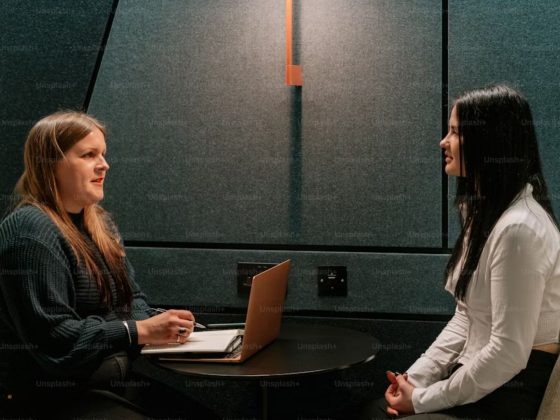Turning bold ideas into tangible products requires more than just creativity – it demands strategic funding approaches at every stage of development. Finding the right financial support often separates successful innovations from those that never leave the drawing board. Dr. Brian Grimberg, a scientist and entrepreneur with experience in both research labs and business ventures, has developed practical strategies for securing funds when all you have is a promising concept and determination.
Solving Real Problems
The first thing Dr. Grimberg wants entrepreneurs to understand: nobody funds ideas that don’t fix actual problems. “Before you ask anyone for money, make sure you have a solution to a problem that people care about, and are willing to pay to fix,” he says. It sounds obvious, but he’s seen countless founders skip this crucial step.
You don’t need the finished product in your hands. What you do need is clarity on how to move forward. “You need a clear plan for what your MVP could look like and a sense of market fit,” Grimberg explains. He recommends talking to people who’ve been there before – experienced founders can spot the holes in your thinking before investors do. Start building a team too. Even if it’s just on paper, showing you’ve thought about who you’ll need makes your pitch stronger. The clearer you can explain how your idea helps real people, the better your chances of getting that first check.
Starting With Limited Resources
Most companies start small – really small. “Most early-stage startups begin with bootstrapping, using your own money or help from friends and family,” Grimberg points out. Putting your own cash on the line isn’t just practical, it sends a message. “Having skin in the game shows you are serious and builds early momentum.”
While you’re scraping together those first dollars, Brian suggests hitting up pitch competitions and business plan contests. They’re good practice for the real thing, plus you’ll get feedback that will make your pitch better. And it will introduce you to people interested in early stage companies. Finally, don’t skip grant applications. “Look for grants—from the government, universities, and nonprofits,” he advises. Grants take work and time to get, but unlike investors, they don’t take a piece of your company. Just make sure you can deliver on what you promise.
Looking Beyond Funding Opportunities
Once you’ve got something to show for your early work, it’s time to cast a wider net. “When you’re ready to grow, look towards crowdfunding or apply to startup accelerators,” Grimberg suggests. Crowdfunding (such as from Capital Cell and WiSeed) does double duty, you get cash plus proof that others think your idea has legs. Biomedical Accelerators (Such as public options C3i or BARDA) offer structure and connections that can be worth more than the money they provide. Then there’s the traditional route; angels (Angels4Health) and early-stage VCs (Startup Warrior). “They’ll take a chance on you if you have a good team, a clear plan for success, and a story that shows your solution has real potential,” Brian says. The key word there is “chance” – even with preparation, you’re asking someone to bet on you and your team as well as your idea.
Execution is everything. “Turning an idea into a product isn’t about getting lucky, it’s about having a strategy,” Grimberg insists. You don’t need perfect answers from day one, but you do need to be clear-eyed about the problem you’re tackling, fully committed to solving it, and scrappy enough to find money. Grimberg’s motivation goes beyond business success. “Great solutions in notebooks need to be brought to life in the real world where they can make a difference,” he says. It’s that drive – to create something that matters – that keeps founders going when things seem impossible.
Connect with Brian Grimberg on LinkedIn to learn more about turning innovative ideas into reality.









